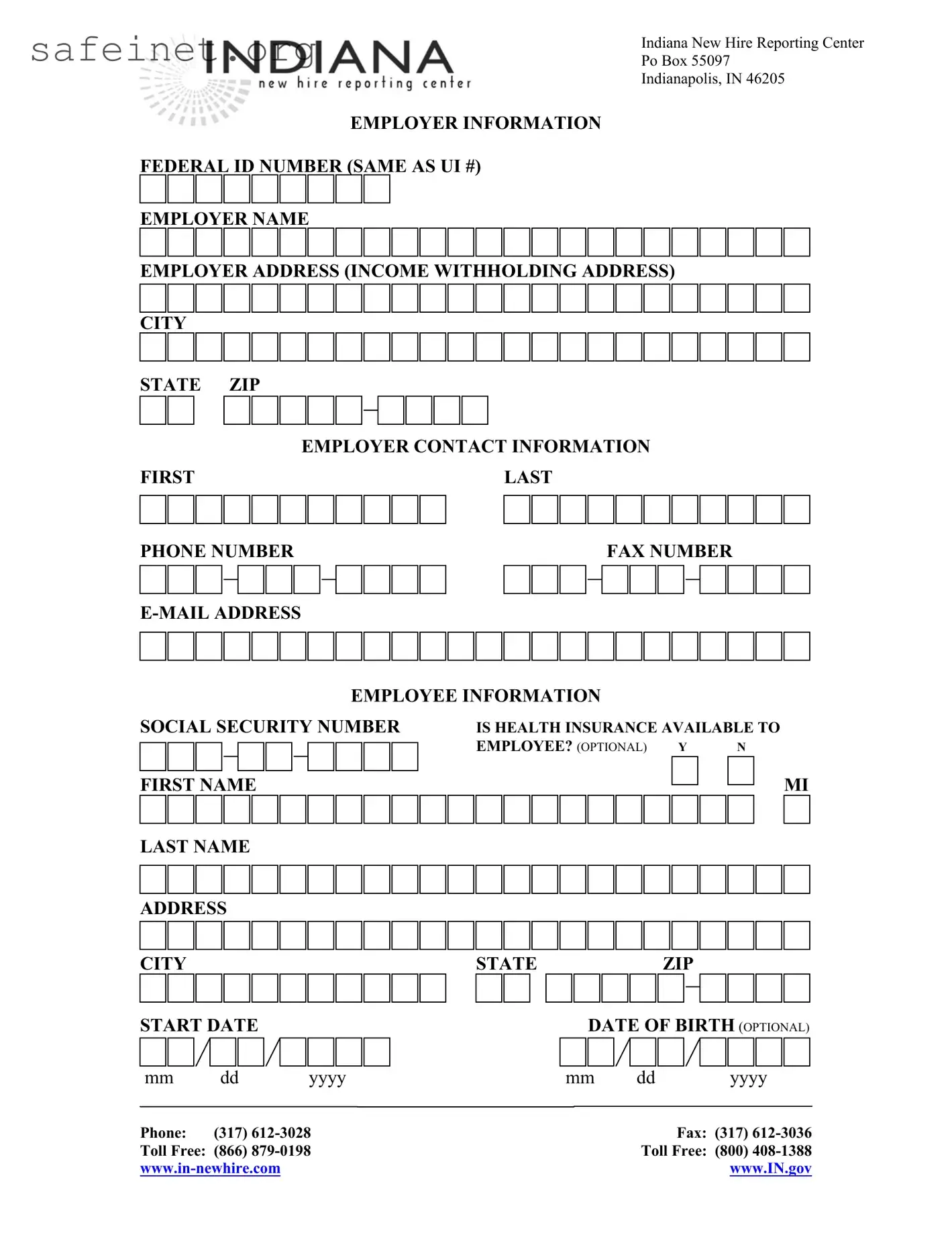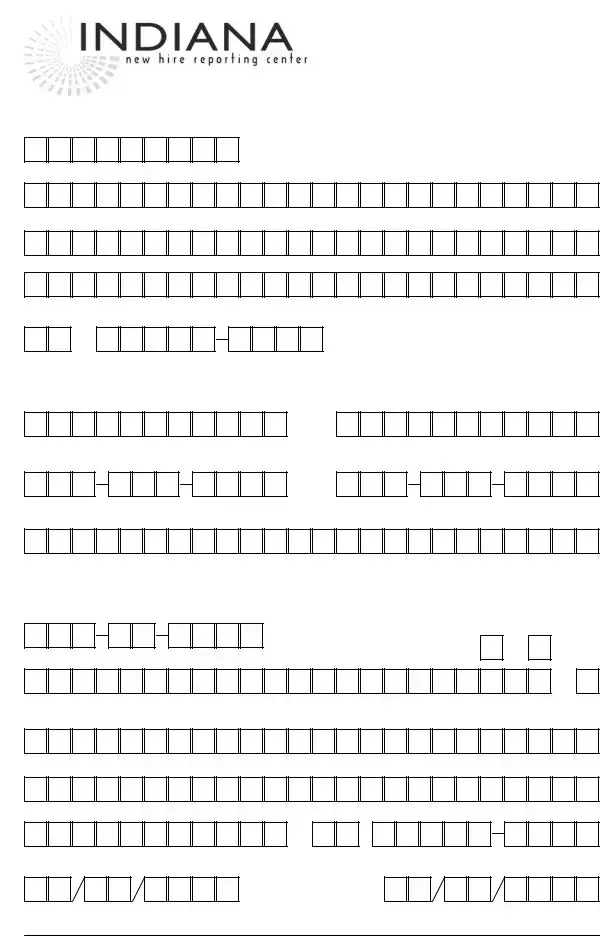The W-4 form is similar to the Employer Information form in that both require specific employer details, such as the name and address. The W-4 is used by employees to determine their federal income tax withholding. It provides critical information about the employee's filing status and allowances, echoing the Employee Information section of the Employer Information form where personal details are required. This document is essential for ensuring accurate tax withholding from an employee's paycheck.
The I-9 form focuses on verifying an employee’s eligibility to work in the United States. Like the Employer Information form, it gathers essential information about the employer and the employee, including names and addresses. The I-9 ensures compliance with federal employment laws, providing a legal basis for the employer-employee relationship. Both forms serve as crucial documentation in establishing and maintaining accurate employment records.
The state equivalent of the W-4, often called the State Withholding Allowance Certificate, parallels the Employer Information form as it collects employer information while requiring employee details. This document helps state agencies determine how much state tax to withhold from an employee’s paycheck. Both forms are integral to ensuring proper tax compliance, emphasizing the importance of complete and accurate information, particularly concerning employee address and identification.
In a similar fashion, the 1099 form is utilized for reporting income for independent contractors, gathering information regarding the contractor's name, address, and taxpayer identification number. While the Employer Information form deals with employees, the 1099 serves a distinct purpose but still emphasizes the importance of accurate information about the working relationship. Both forms play a vital role in accurate reporting to tax authorities and ensuring compliance with financial responsibilities.
The benefits enrollment form also shares similarities with the Employer Information form. This document is used to collect employer contact information along with employee details regarding eligibility for company benefits, including health insurance. It is crucial for establishing the employer-employee relationship in terms of health and welfare benefits, making the information contained on both documents essential for employee access and benefits management.
The payroll deduction authorization form is another document resembling the Employer Information form. It collects vital employer information while seeking consent from employees regarding specific deductions from their paychecks. Both documents are pivotal in managing employee financial obligations and benefits, ensuring that employers have the correct information to comply with the employees’ wishes for various deductions.
Lastly, the employee termination form mirrors the Employer Information form in that it requires confirmation of employee identity and employer details. This document is essential in the offboarding process, capturing reasons for termination, final pay arrangements, and benefits statuses. Like the Employer Information form, it serves to maintain accurate records and ensure all legal obligations are met when an employee leaves the organization.

